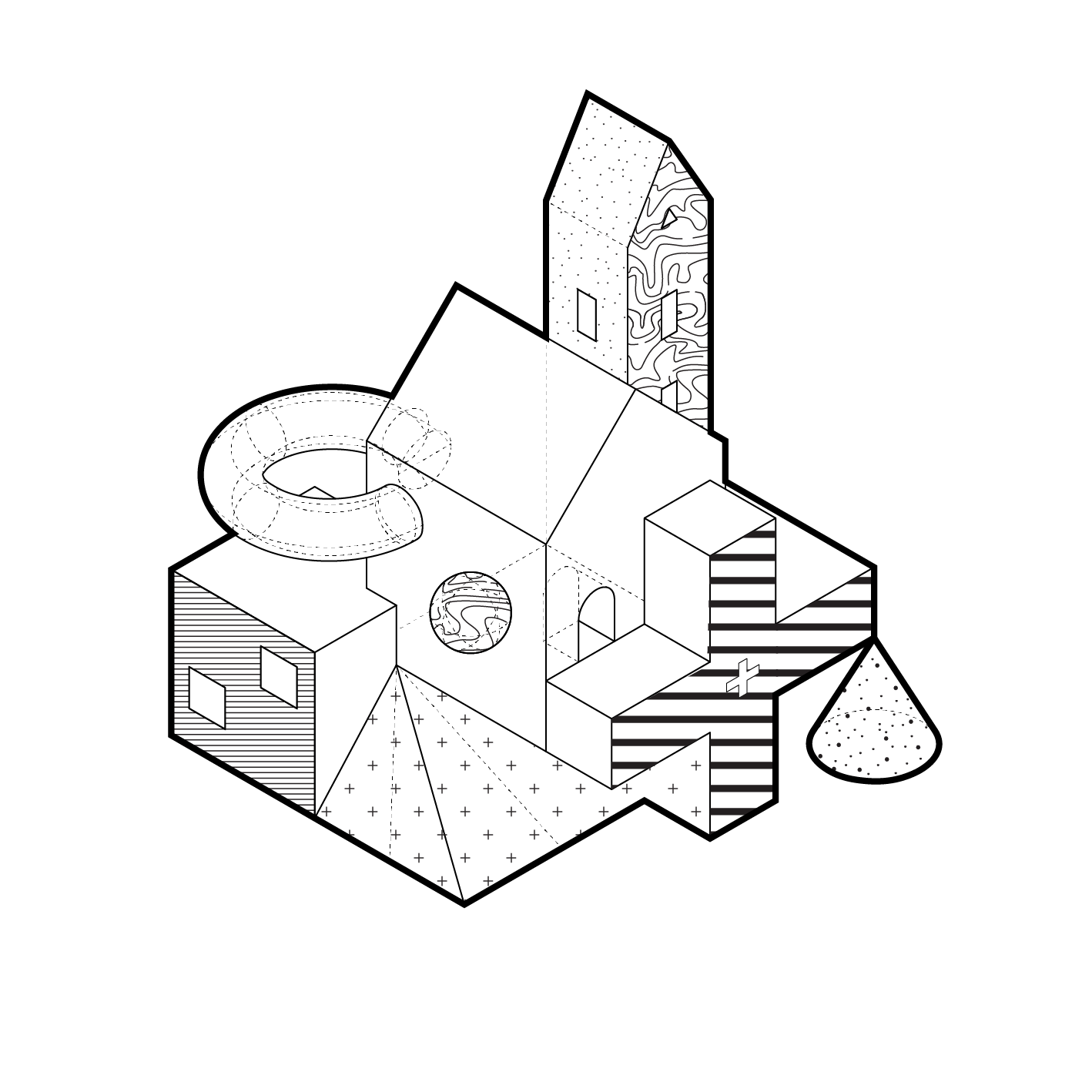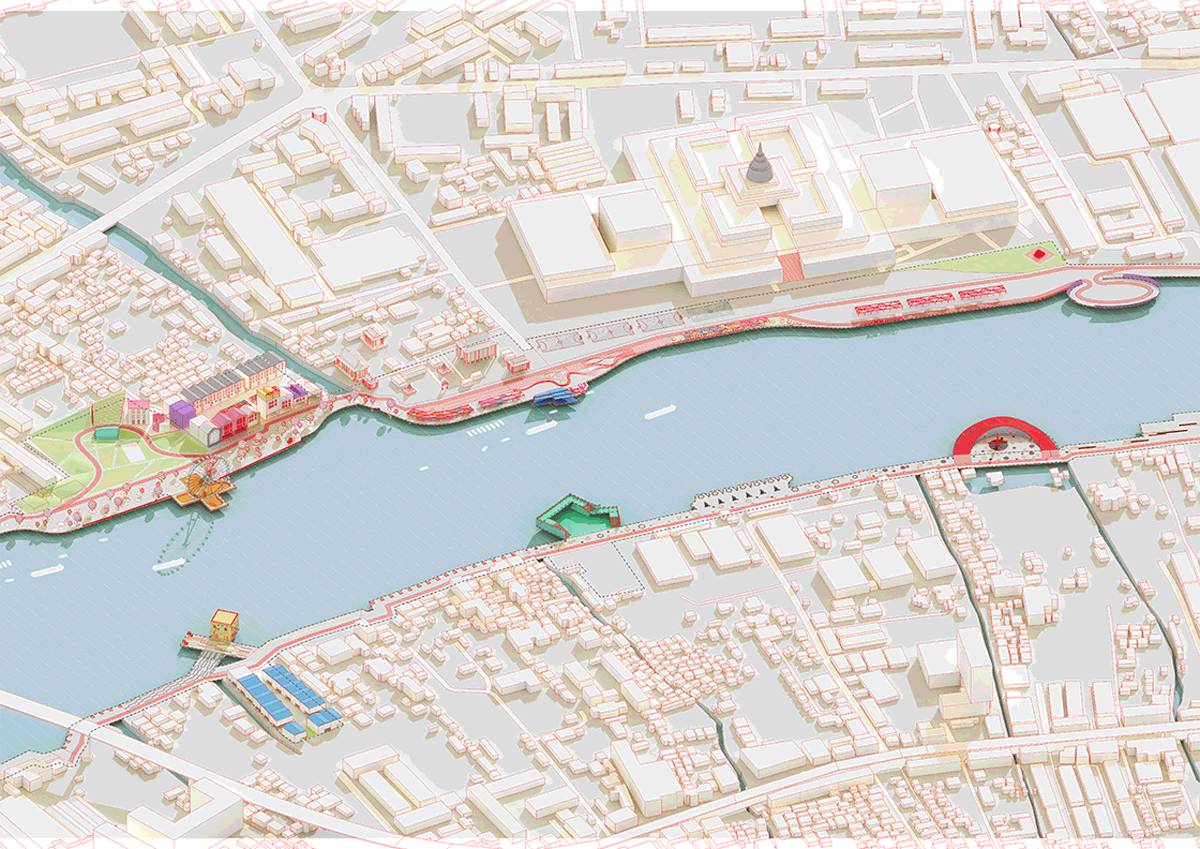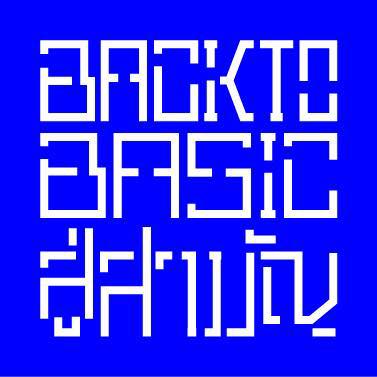Public Cerebro is an online public gathering opinion and a tracking tool for governmental town planning projects. It speculates on a hypothesis that the public projects from the government should be open and transparent to the public, where the public‘s opinions should be taken into account. Indeed, the definition of the public should be equally evaluated, regardless of their incomes and social status. In another word, a person who walks on the street and a person who drives a car should be considered as equally important. With the leap in the cloud and wireless technology, it allows us to connect to each other faster. Therefore, using this technology to receive the public‘s opinions and suggestions would eliminate a huge amount of unnecessary procedures to initiate any public projects
Nowadays, Thai people are more familiar with the internet, wireless devices, cloud data storage, social media application, blogging and personal website. These marked the new basis of our society today, which creates a possibility to integrate this technology with city governing. It would be a perfect solution to make an open process of monitoring works of politicians. Moreover, it allows the public to envision the future of their city. Like the internet itself is a symbol of freedom, equality and unity, the city would slowly develop to be an open democratic city.
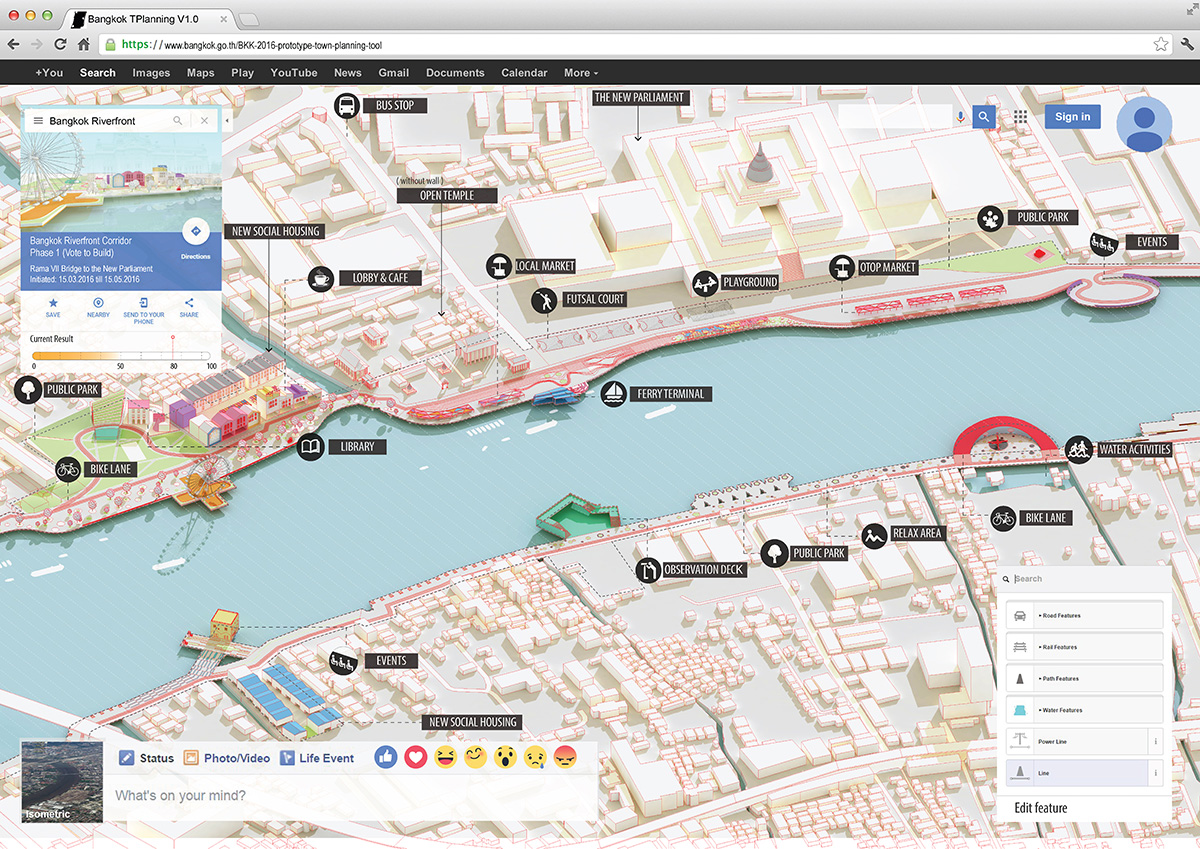
Part 1: Bangkok Chao Phraya River Project
The development of Bangkok Chao Phraya Riverbank will be the first project that the government adopted this tool to acquire rapid informative feedback from the public. The project initiated by cooperating between the Ministry of the Interior and Bangkok Metropolitan Administration for the hope to bring a landmark and happiness to Bangkok and its citizen. Unfortunately, the project has triggered many worries and disagreement among the public, the profession groups, namely a heritage circle, university professors and also the Association of Siamese Architect. It is a 15-kilometre long project on both sides of the riverbank. It will be a huge megaproject and it not cheap; the construction will cost around 14,006 million Baht. Currently, the government has postponed the construction to January 2016, and it will be resume on June 2016. The initial aim is to solve all informal setting and environment problems along the riverbank.
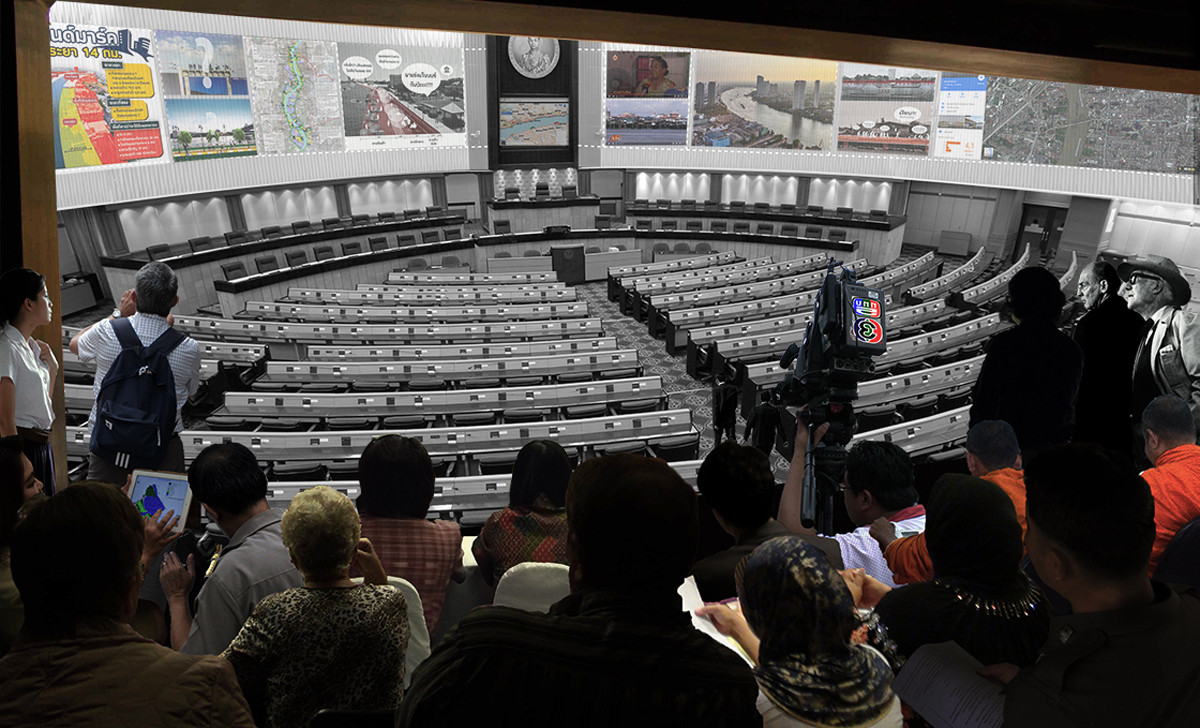
Part 2: Voting System
The system will divide into 3 phases, namely: the bidding, the hearing, and the trial. In the first phase The bidding”, The government will bid its proposal by uploading the data to the website’s database. The authority working with architect’s team will upload their initiative goals, procedure, research, design drawings, construction reports and 3dmodel on the website’s online interactive map, In which it will be used to pinpoint the parameter and design visually. Then, the project will be open for a vote by the public who registered with their national ID card. The citizen will be given an avatar, to post comments and questions on the project, while the architects and government staff will be responsible for answering them before they make their decision. Each citizen has one vote. The duration of the first phase is two months. For the project will pass to the next phase, it has to receive more than 80 per cent of citizen’s vote to proceed. It will indicate that the public is interested in the project.
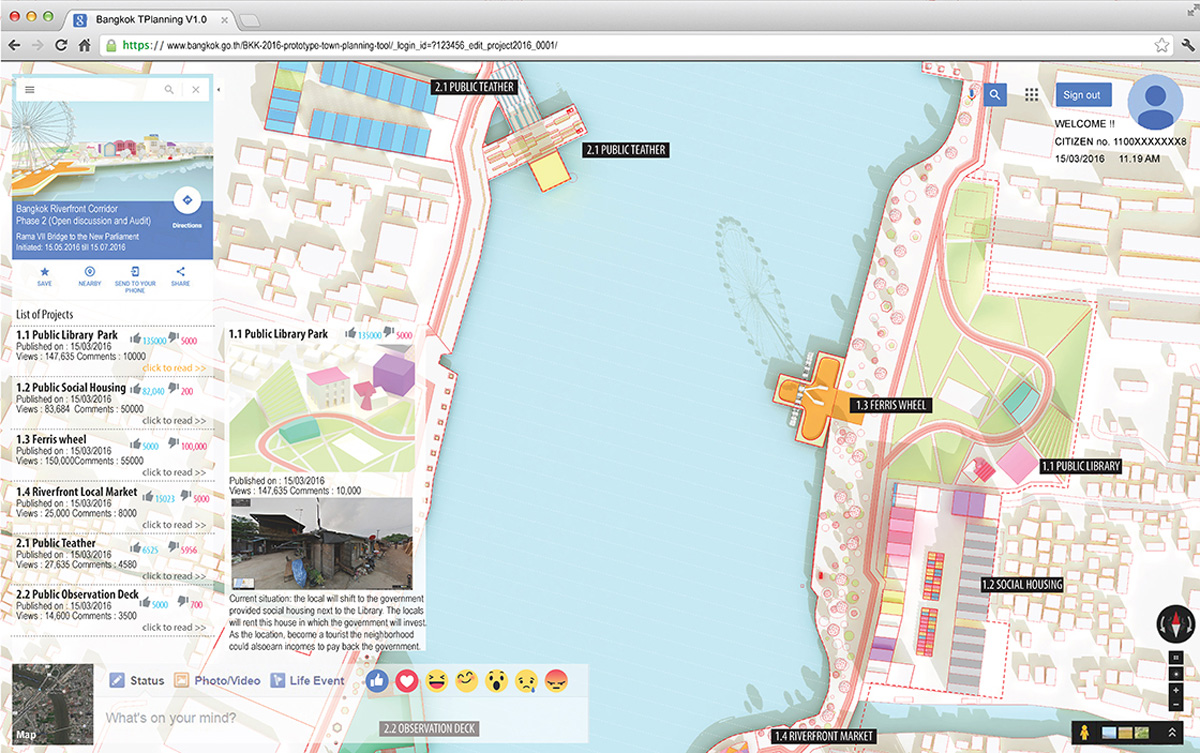
Part 3: Do you hear the people singing?
In the second phase, “the hearing”, the system will categorize the project into different scales, S, M, L and XL with a unique domain address. In this phase, the citizen will give an opportunity to assign themselves into one of the particular group, namely: Heritage, Social, and Dwelling, Economics, Sustainability, and Architecture. After that, they can comment on the proposal but within the scope of their chosen group. In these subdivided pages, the members of that group can propose the counter solutions to the initial proposal; the system will be similar to a blog or commenting on a typical social media page. Within each group, the members have to discuss and draw their standpoints and arguments. After the two months of open discussion, an authority team of experts will analyze the posts that are shown as a team’s conclusion. Next the team of architects, planners and researchers will reconfigure the proposal to meet the demands of the public requests. They will be given another two months to come up with an adjusted proposal, which will lead us to the next phase of the program.
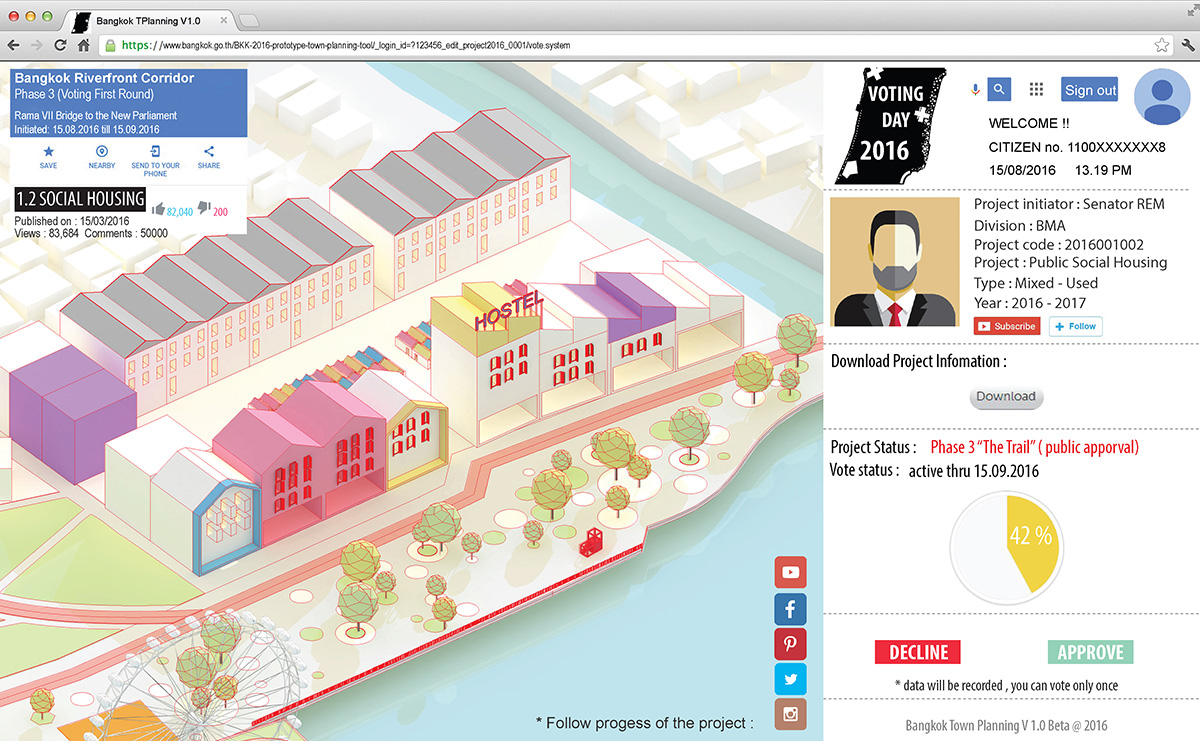
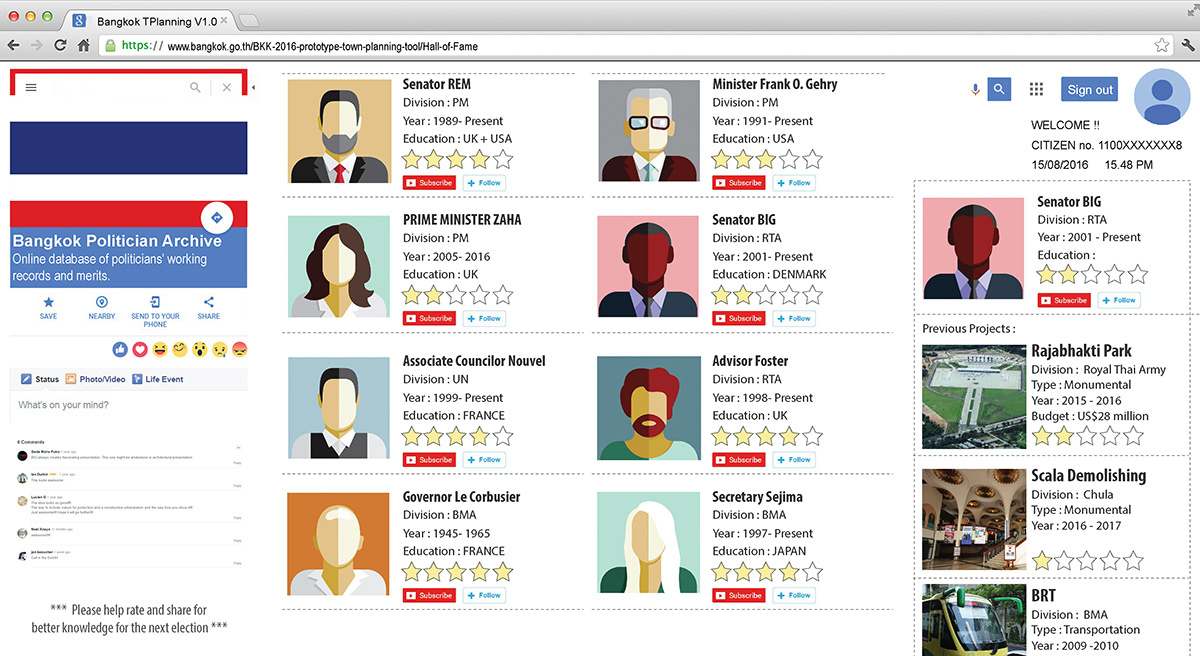
Part 3: People Trail
The Third phase is called “the trail” it is an essential voting day that would determine the future of the project. The authority team will reupload their new proposals for the public to make their final vote whether to approve the project to begin its construction. It has to receive more than 80% of the agreeable votes. The vote will open only for one month; each citizen has two options to vote: approve or disapprove. However, if the projects failed to reach 80% of the votes but more than 60%, the project will return to the second phase of discussion and adjust the proposal. However, the process of rediscussion could happen only once. The program‘s aim is to solve these endless debates and conflicts of interest between multiple parties to accelerate the political process between the public, the private and the state sectors.
How transparency public projects can be?
Architecture is a form of collective use, effort, and value. It is not meant to serve a particular person, but a group of people, it involves many parties in a project, and it carries meaning and represents our culture and society. In a context of Thailand, today architecture is driven by economics, many of these projects together shaping our city and environment. Are those sprawls of urban villages, towers of repetitive modern condominium and apartment or warehouse and factories typology in our country are the types of landscape or cityscape that the public and local want? This path that our practice is moving towards, resulting in an environment that no one wants. For example, If we look in the case of Samutprakarn City today, it has full of factories and warehouses and empty land waiting to sell, the landscape does not reveal any traces of history and cultural of the past, it contains no value. This an effect from private sectors but, even more, the serious problem, occurred in the public projects by the government using top-down authority and management to approve and initiate government buildings, unwanted public space and festival and events.
To sum up, the basic of today is to acquire as many as public opinions and needs and be able to process them quickly and respond to the needs of the mass simultaneously. With the advanced in technology, especially the internet, city governing and management can no longer come from a top-down method. It needs to come from the bottom-up approach where we respond to the needs of the local people.
CREDITS
–
